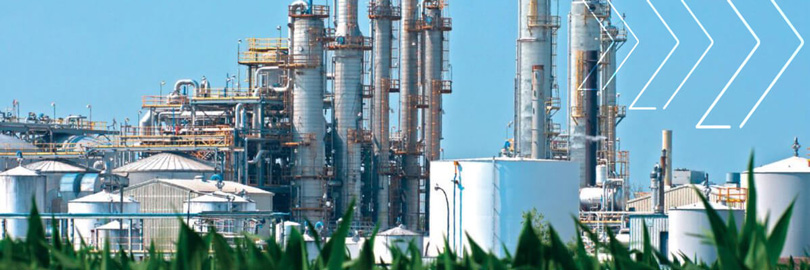Every year, ENGIE R&I publishes a report on emerging sustainable technologies. Why did you choose to focus this edition on industry?
Elodie du Fornel: Industry alone accounts for a third of global greenhouse gas emissions—about 24% from energy use and 5% from industrial processes themselves. That clearly deserves our attention. We focused on heavy industry, not least petrochemicals, cement, and steel. The report is structured around three main pillars: the molecule, the electron, and acceleration levers.
Why use the lesser-known term “defossilization” of industry, instead of “decarbonization”?
Jan Mertens: Because we’re not aiming to remove all carbon—we’re aiming to eliminate fossil carbon. The energy transition will still require carbon-based molecules to produce materials like cement. So we need sustainable sources of carbon: biomass, captured CO2, recycled plastics. We call this “sustainable carbon.”
One chapter of the report is dedicated to the “refinery of the future,” showcasing technologies that replace oil- and gas-derived molecules with identical ones made from non-fossil sources. The goal is to stop adding fossil carbon to the atmosphere. In short, we’re not targeting “zero carbon,” but “carbon neutral.”


